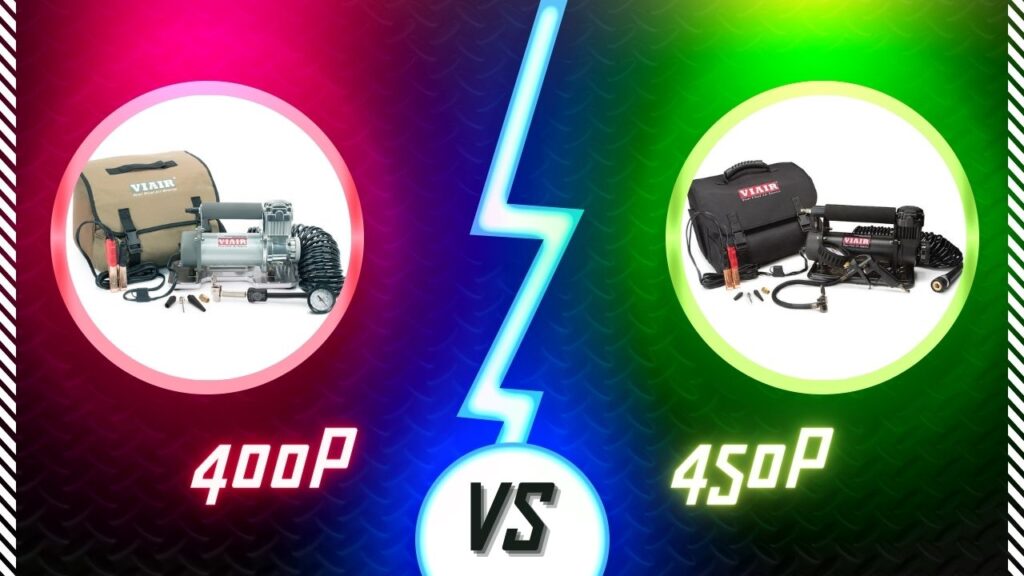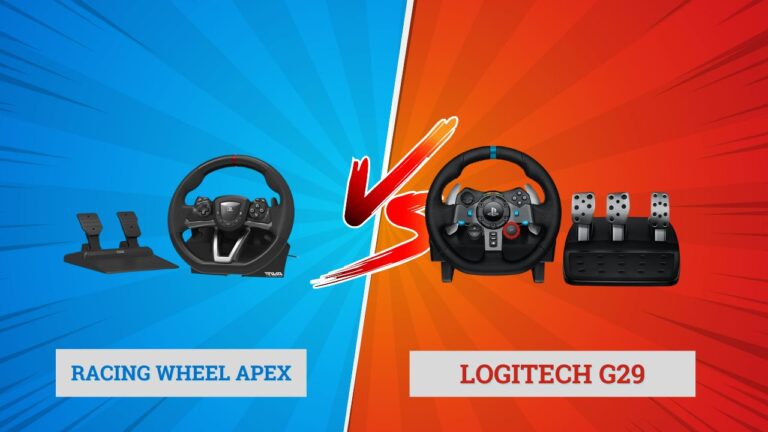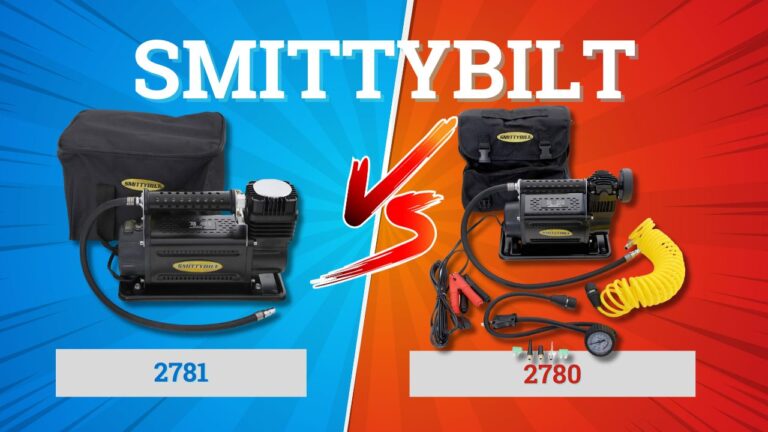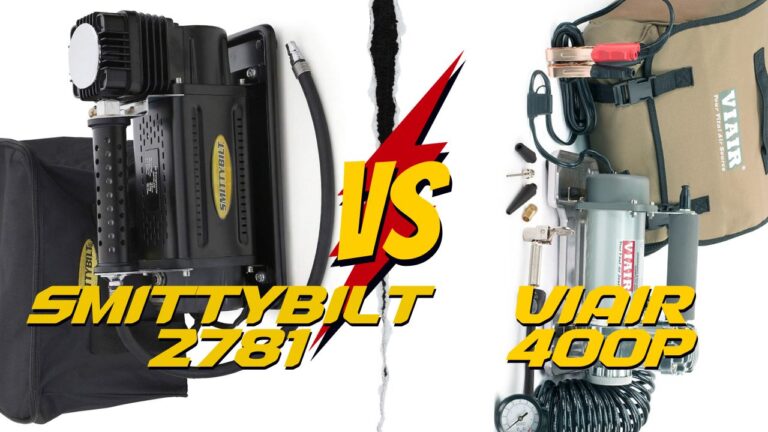In the world of portable air compressors, Viair stands tall as a beacon of quality and reliability. Yet, within its own repertoire, choices arise that may leave consumers pondering. Such is the case with the Viair 400P and the 450P, both top-tier offerings, yet with their unique selling points. To the untrained eye, these products might seem interchangeable, but subtle differences set them apart, making each suitable for distinct user profiles.
Whether you’re an off-road enthusiast, a professional needing a reliable inflation tool, or simply someone seeking the best gear for occasional use, this comparison will help you discern which compressor is tailored for you. In this comprehensive review, we will delve into their shared strengths, distinct characteristics, and provide a detailed list of pros and cons for each model. Let’s dive right in.
Shared Strengths: Common Ground
When products hail from the same brand lineage, they often inherit foundational features and design philosophies. Such shared attributes are pivotal in crafting a brand’s signature experience. With the Viair 400P and 450P, these shared traits underscore Viair’s commitment to unparalleled performance and user-centric design.
Stellar Build Quality
Viair’s uncompromising approach to craftsmanship shines through in both the 400P and 450P. Utilizing high-grade materials and stringent manufacturing processes, these compressors are engineered to endure. Whether it’s the rigidity of their outer shells or the precision of their internal components, they exemplify the brand’s dedication to durability and longevity.
12V DC Integration
The real-world versatility of these compressors is highlighted by their universal 12V DC power integration. Designed primarily for automotive and outdoor contexts, this feature ensures users can power up their compressors with standard vehicle batteries. Whether you’re at a remote campsite or on the roadside, this functionality guarantees operational ease.
Overheat Protection
In a world where electronic devices are pushed to their limits, overheating can be a significant concern. Viair, understanding this challenge, has incorporated advanced thermal protection systems in both models. These systems monitor internal temperatures and preemptively shut down the compressors if they near unsafe levels. This dual approach not only safeguards the user but also extends the lifespan of the devices.
Direct Inflation Mechanism
Real-time feedback is essential, especially when it concerns inflation tasks. Both the 400P and 450P adopt a direct inflation methodology via their hoses, offering users instantaneous readings on pressure levels. By doing so, they negate guesswork, ensuring optimal inflation pressures and safeguarding equipment from potential damage due to over or under-inflation.
Reliability in Diverse Environments
One of the unsung strengths of these compressors is their adaptability. Whether you’re in a humid coastal region, the dry deserts, or the chilly mountains, Viair ensures its products deliver consistently. Both the 400P and 450P are crafted to function seamlessly across a range of environmental conditions, making them trustworthy companions for diverse adventures.
User-Centric Design
Ease of use is paramount, and Viair delivers in spades. Both compressors feature intuitive controls, well-placed ports, and ergonomic designs. This attention to user experience translates to quicker setup times, less fumbling, and a more pleasant overall interaction, even for those who might be novices in the realm of air compressors.
Distinct Characteristics: Drawing the Line
While the Viair 400P and 450P are siblings in the same product family, their individual nuances, tailored to different needs, make each stand out. These differences can greatly influence purchasing decisions, as they cater to varied operational scenarios and user preferences. Let’s delve deeper into these distinguishing features:
Duty Cycle
The duty cycle, a measure of a compressor’s operational endurance, is one of the standout differentiators. The 450P, with its robust 100% duty cycle at 100 PSI, promises uninterrupted operation, a feature that can be invaluable for intensive tasks that demand a consistent air supply. The 400P, though commendable in its performance, sports a slightly shorter duty cycle, necessitating occasional breaks during extended usage.
Maximum Pressure and Airflow
The nuances in performance come to the fore when comparing pressure outputs and airflow rates. The 450P ascends to a marginally higher pressure threshold, making it an asset when confronting demanding inflation requirements. Conversely, the 400P shines with its slightly swifter airflow rate, ensuring brisk inflation, especially valuable when time is of the essence.
Operational Modality
An intriguing divergence between the two is their mode of operation. The 450P embraces an automatic modality, smartly toggling its operational status based on pressure demands. This self-regulating mechanism alleviates user involvement, making the inflation process more hands-free. The 400P, embodying portability, demands a tad more manual engagement, giving users a more hands-on experience, which can be appreciated by those who like to be in control.
Accessory Range
Accessories can greatly augment a product’s utility, and in this regard, the 450P slightly edges out with a broader array. Owing to its automatic nature and a wider array of application scenarios, it often comes bundled with an expanded suite of tools and attachments, further enhancing its versatility. The 400P, while well-equipped, maintains a more focused accessory package, aligning with its core operational profile.
Size and Portability
When considering mobility, the physical attributes become crucial. The 400P, designed with an emphasis on portability, is a tad more compact, making it easier to stow away in vehicles or carry to remote locations. The 450P, with its enhanced features, is a bit bulkier, which might influence decisions for users where space is at a premium.
Noise Levels
A lesser-discussed, yet vital aspect, especially for users sensitive to noise or operating in noise-restricted areas, is the operational sound level. While both compressors maintain decently low noise outputs, there are subtle differences owing to their design and operational modalities. Potential buyers might want to consider this when evaluating use cases.
Price Points
Last, but by no means least, the financial aspect plays a significant role. Given their differentiated features, there’s a slight price disparity between the 400P and 450P. Users need to assess if the premium for the 450P’s enhanced features justifies their specific needs or if the 400P’s capabilities suffice at a potentially lower price point.
Pros and Cons
Viair 400P:
- Pros: Faster airflow rate, high portability, suitable for most standard inflation tasks.
- Cons: A shorter duty cycle compared to the 450P, requires manual operation, may not be ideal for more demanding tasks.
Viair 450P:
- Pros: 100% duty cycle at 100 PSI, higher maximum pressure, automatic operation, comprehensive accessory package.
- Cons: Slightly slower inflation rate compared to the 400P, bulkier and less portable.
In Conclusion
Choosing between the Viair 400P and 450P boils down to one’s unique requirements and preferences. If you’re seeking a portable solution with rapid inflation for standard tasks, the 400P is your ally. However, for those requiring continuous operation, higher pressure, and automatic features, the 450P proves its mettle.
Ultimately, with either choice, you’re investing in Viair’s renowned quality and performance. It’s all about aligning with the nuances that best serve your journey.




